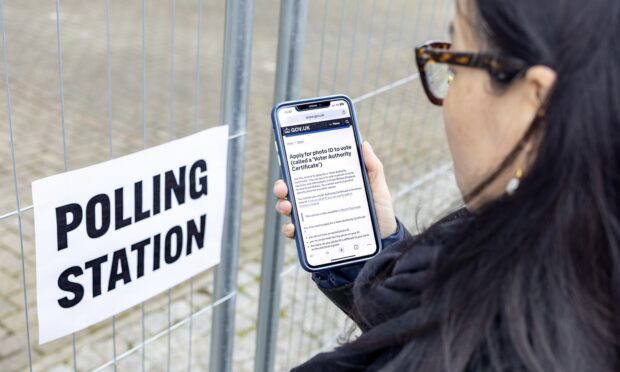Study lifts lid on most prolific central government departments and those with highest levels of engagement
An analysis of Whitehall departments’ varying use of Twitter to communicate with the public has shone new light on ministries with the most enthusiasm for social media and their winning tips.
The crunch looked at the volume of departments’ tweets, the content of the messages, and also the extent to which the public engaged with departmental output by sharing or “liking” it.
By volume, the Ministry of Defence was found to be Whitehall’s most active user of Twitter, pumping out almost 2,000 tweets during the 12-month period ending last month that social analytics firm Talkwalker used for its research.
The analysis, conducted for trade magazine PR Week, ranked the Department for International Development second for output, the Department for the Environment, Food and Rural Affairs third, and the Department for Education a close fourth out of 24 monitored departments or definable Whitehall entities.
Related content
- Government to ramp up social-media skills in bid to ‘tackle false information’ online
- Torfaen tweets: How a small Welsh council is punching above its weight on social media
- Attorney general to examine risks of ‘trial by social media’
All comfortably exceeded the departmental average of two tweets a day identified by Talkwalker, with the MoD firing off an average of five in any 24-hour period. According to the research, the department hit its tweeting peak during a speech by chief of the defence staff Air Marshal Sir Stuart Peach in December which resulted in 70 tweets.
In terms of engagement, tweets emanating from 10 Downing Street had by far and away the highest success rate, generating more than 1.4m retweets or likes over the course of the study period, more than the combined total for the second-placed Foreign & Commonwealth Office and third-placed MoD.
Lowest ranked of the 24 “departments” studied by Talkwalker, in terms of both output and engagement, was UK Export Finance.
|
Whitehall’s Top 10 tweeters (Source Talkwalker/PR Week) |
|---|
| 1 Ministry of Defence |
| 2 Department for International Development |
| 3 Department for Environment, Food and Rural Affairs |
| 4 Department for Education |
| 5 Department for Digital, Culture Media and Sport |
| 6 Foreign and Commonwealth Office |
| 7 Office of the Secretary of State for Wales |
| 8 Department for International Trade |
| 9 Department for Work and Pensions |
| 10 Department for Business, Energy and Industrial Strategy |
Gabriel Milland, former deputy director of the Government Communications Service, said there was a sense in which the MoD and DfID benefited from having compelling content to tweet about – in the form of new military hardware and humanitarian aid work.
“But that’s not the whole story,” he told PR Week. “Both of these departments have made really strong efforts to improve the content they deliver using social channels like Twitter.”
In terms of engagement, Milland said it was “not surprising” that 10 Downing Street, the FCO and the MoD had the highest engagement levels.
“These are the departments that are most exposed for major national ‘moments’, whether that be a terrorist attack or an occasion of national coming-together like Remembrance Sunday,” he said.
| Whitehall’s most engaged-with departments on Twitter (source Talkwalker/PR Week) |
|---|
| 1 Office of the Prime Minister |
| 2 Foreign and Commonwealth Office |
| 3 Ministry of Defence |
| 4 Department for International Development |
| 5 Department for Exiting the European Union |
| 6 Home Office |
| 7 Department for Environment, Food and Rural Affairs |
| 8 Department for Education |
| 9 Department for Work and Pensions |
| 10 HM Treasury |
Underscoring the importance of human-interest angles in successful social-media campaigns, Talkwalker pointed to spikes in engagement with the Prime Minister’s Office around the time of the Westminster Bridge and Manchester Arena terrorist attacks, and a speech on Brexit made by May.
Other peaks included Remembrance Sunday tweets from the FCO, Coventry being announced as UK Capital of Culture by the Department for Digital, Culture, Media and Sport, January’s Cabinet reshuffle, and DfID tweets about the pop singer Rihanna taking part in a global education campaign.
Talkwalker said the inclusion of video or images in tweets was a clear path to winning greater engagement. It said tweets with video content generated an average of 166 retweets or likes, while tweets with images alone averaged just 72. Text-only tweets averaged 57 retweets or likes.
The firm said the FCO was the top user of video content in tweets, along with the Scotland Office and the Home Office.
It also looked at departments’ growth in followers over the 12-month study period and found that the FCO’s Twitter-disciple count grew by 24% during the year, while the MoD’s Twitter audience swelled its ranks by 16%, and Defra’s by 15.6%.
Talkwalker said the FCO had seen its follower count grow by 10,000 in the wake of the terror attack at London Bridge in June last year, while the MoD had put on 1,200 followers in September when it was involved in relief efforts following the devastation wrought in the Caribbean by Hurricane Irma.
This article originally appeared on PublicTechnology sister publication Civil Service World




I loved your blog article.Thanks Again. Really Cool.